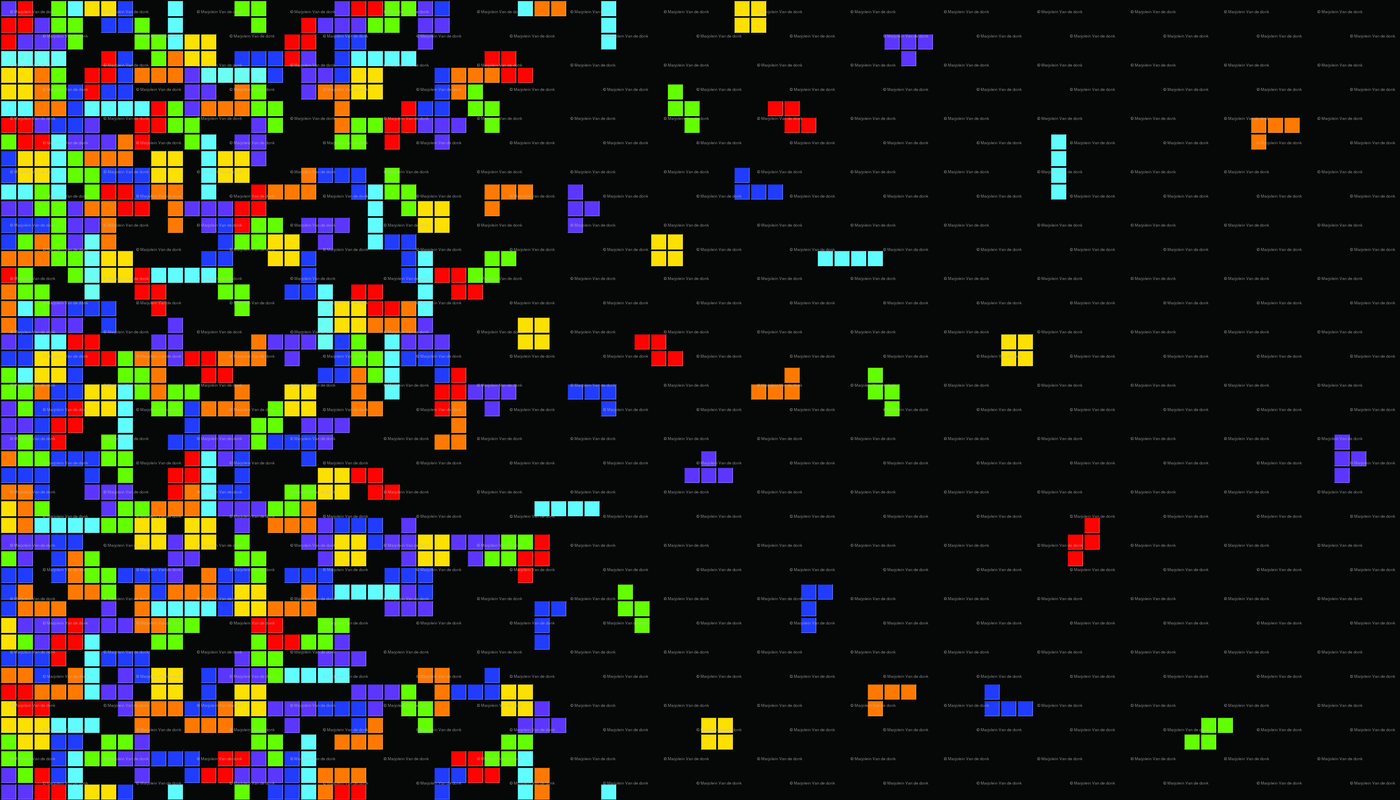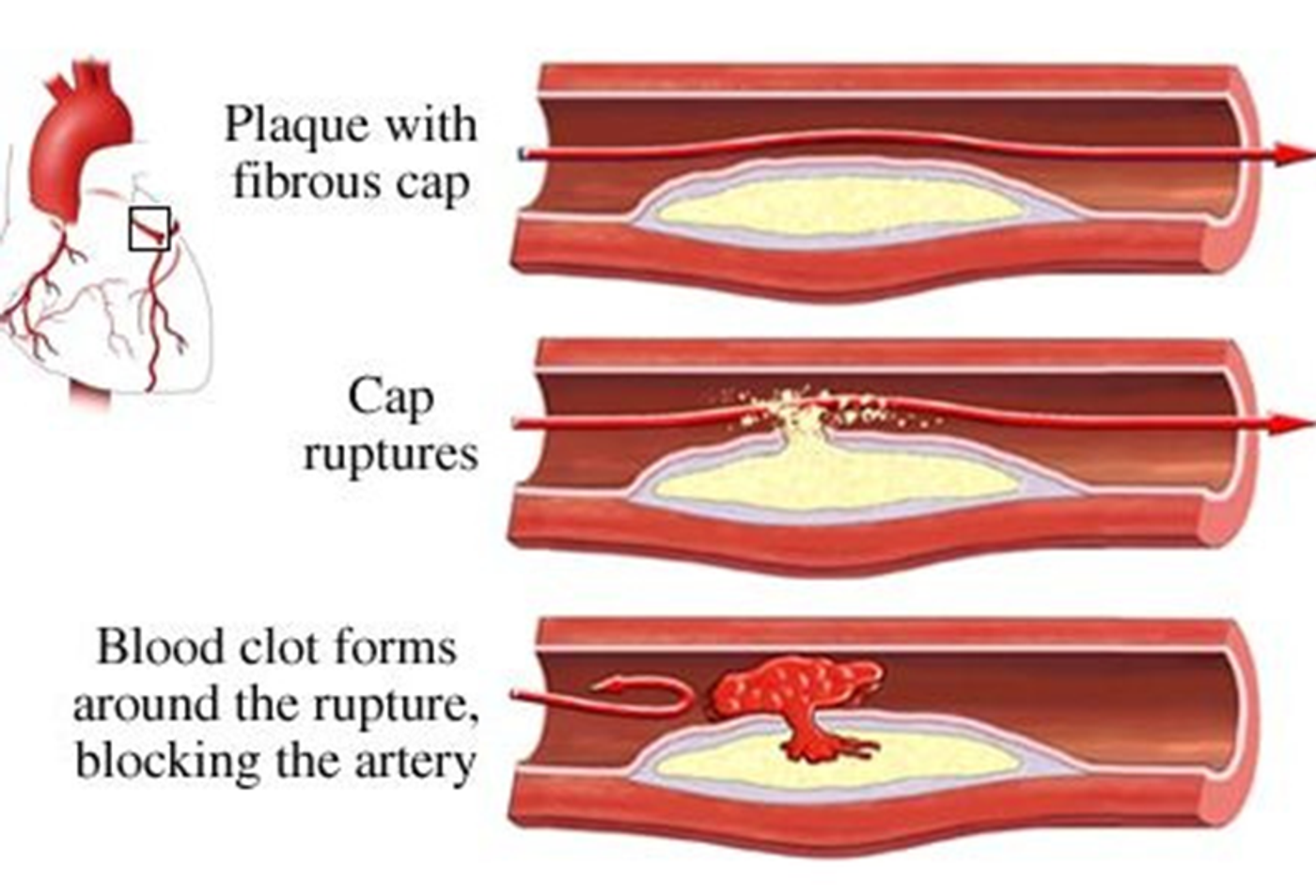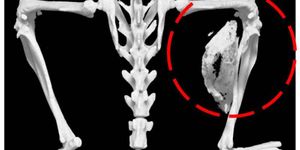Blood clots that form in the arteries, called
arterial thrombosis, are the main cause of heart attacks and strokes. In order to understand more precisely how these clots form, a team of biophysicists used a uniquely established equation to create a mathematical model of thrombosis formation.
In a collaborative study published in
PLOS ONE, scientists showed how their mathematical model could represent the "hydrodynamics of the flow in which the thrombus is formed" and compared the stacking of thrombocytes to the collection of blocks in the game
Tetris.
Image Credit: SpoonFlower.com
"The only difference between thrombus formation and the game is that when a layer is complete, it does not disappear, therefore as time passes a thrombus is capable of obstructing the space it is in," explained biophysicists from the Moscow Institute of Physics and Technology.
Thrombocytes are necessary for clotting, but too much clotting leads to dangerous thrombosis that blocks blood flow (
MedicineNet). The proper balance must be kept in order to prevent oxygen loss to key organs, and this newly developed model will be a key resource in regulating that balance. Using this model, scientists can study thrombus activity under various conditions, essentially replicating the mechanism behind thrombus growth for use in clinical applications.
Image Credit: StudyBlue.com
“We are developing more sophisticated and advanced models with three-dimensional blood cells, the full mechanics of their interaction, and the proper biochemistry,” said Mikhail Panteleev, PhD.
Patients with atherosclerosis whose arteries are already damaged by plaque buildup are at an especially high risk of thrombocyte aggregation (
NHS Choices). Blocked arteries can then lead to heart attack and stroke. In the United States, heart disease causes almost 25 percent of all deaths (
CardioSmart), and stroke accounts for 1 of every 20 deaths (
CDC).
Watch the following video to learn more about clotting from arterial thrombosis:
Source:
Moscow Institute of Physics and Technology










